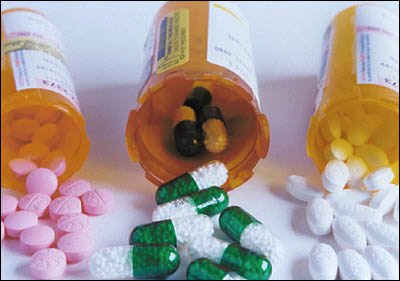

In a perspective in this week’s New England Journal of Medicine, Drs. Lisa Schwartz and Steven Woloshin, faculty at Dartmouth University, persuasively argue that the answer to question posed in the title is YES.
Schwartz and Woloshin note that when the FDA reviews a drug, expert reviewers consider a wealth of data about the benefits and side effects of the drug. They also raise questions, make judgments, and make statements about their degree of certainty that the benefits of the drug outweigh the risks. However, effectiveness and harm data that patients and their providers might want to see often do not make it to the drug label. Opinions of the expert reviewer, including their degree of uncertainty about the drug, would be of great interest but these virtually never make it to the label. This information is contained in FDA documents, but these voluminous documents are not practically accessible.
This article is a quick and fascinating read that has 3 fascinating examples that detail how important information is often absent from drug labels. Here are some selected examples from the article:
1) Zoledronic Acid (Zometa): This is used to treat hypercalcemia in cancer patients. FDA documents note that the mortality was higher in patients taking the 8 mg dose than the 4 mg dose. This was not on the label, nor in the journal article reporting the study.
2) Eszopiclone (Lunesta): this is for chronic insomnia. (You may have seen the inspiring television commercial in which a moth graciously puts frustrated insomniacs to sleep). The FDA review notes that users did not have clinically significant improvement in next day alertness or functioning. This would not be found on the drug label.
3) Romelteon (Rozerem): The FDA documents show that the improvement in time to fall asleep was small. There were no improvement on a number of measures such as awakenings or sleep quality. FDA memos suggest the approval decision was a close call. None of this is apparent from the drug label.
Schwartz and Woloshin have pioneered Prescription Drug Fact Boxesthat feature a table including data about the benefits and harms of the drug. The FDA is deciding whether to use these boxes on drug labels. Hopefully, they will decide to use these boxes.



